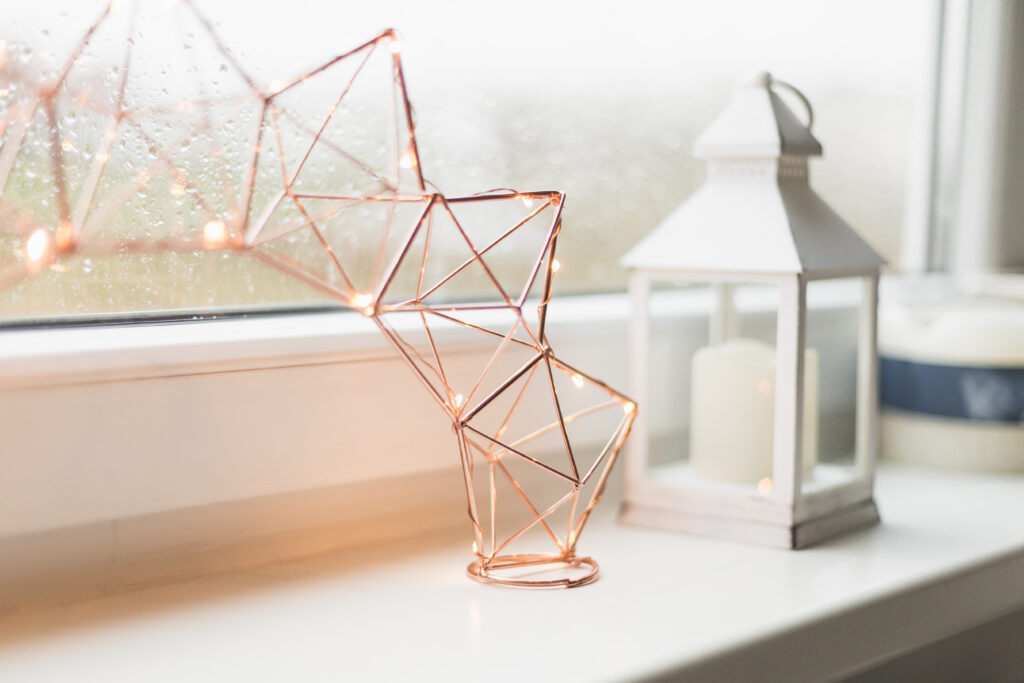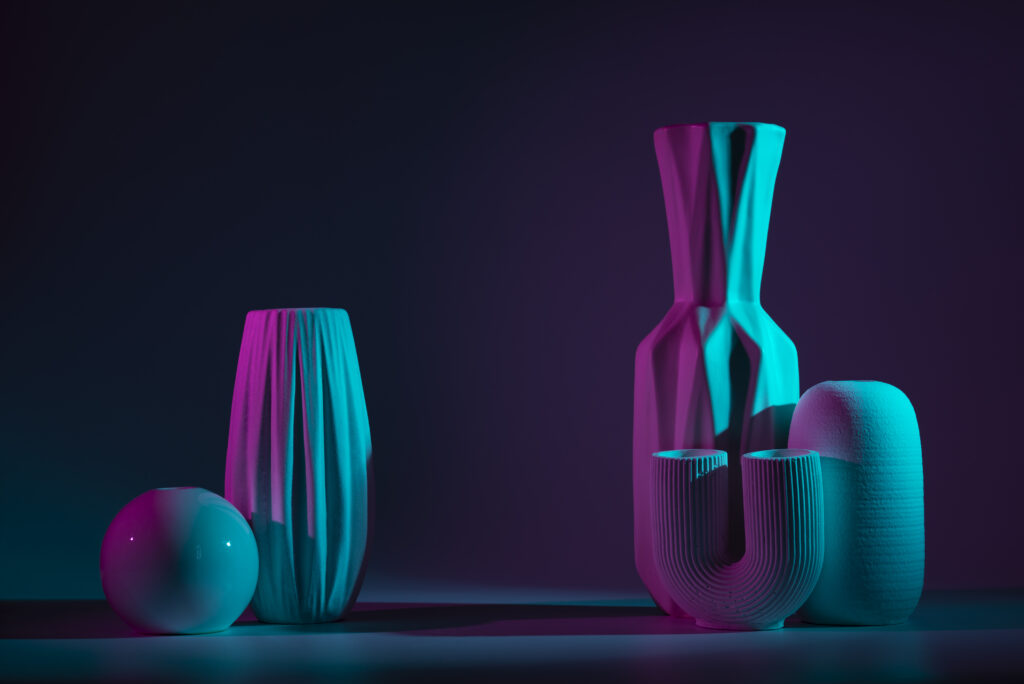
Functional glass art, often overlooked in the realm of artistic expression, has emerged as a captivating fusion of aesthetic allure and practical functionality. This transcendent form of artistry amalgamates beauty and utility in exquisite creations that adorn spaces while serving a purpose.
Table of Contents
Introduction to Functional Glass Art
The genesis of functional glass art dates back to ancient civilizations, where rudimentary glass objects were utilitarian rather than ornamental. Over time, this art form evolved, embracing innovative techniques and design philosophies.
Origins and Early Influences
Ancient Mesopotamians and Egyptians pioneered glass-making techniques, laying the groundwork for future artisans. However, it wasn’t until the Roman era that glassblowing revolutionized the production of glass vessels and objects.
Exploring the Historical Evolution of Functional Glass Art
The evolution of functional glass art is a testament to human creativity and craftsmanship. From its humble beginnings, it has undergone a metamorphosis, incorporating diverse influences and evolving into a multifaceted art form.
Modern Innovations and Techniques
Contemporary artisans experiment with diverse techniques, pushing the boundaries of traditional glass artistry. The fusion of traditional craftsmanship with modern technology has resulted in breathtaking creations that mesmerize the beholder.

The Intersection of Beauty and Utility in Functional Glass Art
Functional glass art harmonizes aesthetics with practicality, transcending the conventional notion of art as purely decorative. These pieces not only adorn living spaces but also serve utilitarian purposes.
Aesthetics in Glass Art
The inherent beauty of glass, with its transparency and malleability, allows artisans to craft captivating forms that captivate the eye and stimulate the imagination.
Celebrating Diversity in Functional Glass Art
Functional glass art encompasses a diverse array of styles, from minimalist designs to intricate, culturally inspired pieces, showcasing the rich tapestry of human creativity.
Different Styles and Forms
Artisans worldwide infuse their unique cultural influences into their creations, resulting in a rich tapestry of styles and forms that reflect their heritage.
The Artisan’s Journey: Creating Functional Glass Art
Crafting functional glass art requires skill, patience, and an intimate understanding of the medium. Artisans navigate through a meticulous process, overcoming challenges to bring their visions to life.
Techniques and Processes
From glassblowing to kiln-forming, each technique demands precision and expertise. The journey from raw materials to a finished piece involves a delicate dance of heat, form, and artistic vision.

The Growing Popularity and Influence of Functional Glass Art in Contemporary Culture
In today’s digital age, functional glass art has found a new lease of life, captivating audiences through social media and garnering a devoted community of collectors and enthusiasts.
Social Media Impact
Platforms like Instagram and Pinterest serve as catalysts, amplifying the visibility of functional glass art and connecting artisans with a global audience.
Sustainability and Functional Glass Art
Amid environmental concerns, artisans are embracing sustainable practices, prioritizing eco-friendly materials and processes to reduce their ecological footprint.
Environmental Considerations
By advocating for sustainable practices, the functional glass art community strives to contribute positively to environmental conservation.
Conclusion
Functional glass art stands at the nexus of artistry and functionality, transcending conventional boundaries. Its allure lies in the seamless marriage of beauty and utility, captivating audiences worldwide.
Unique FAQs
- Is functional glass art only for decorative purposes? Functional glass art isn’t limited to decoration alone. While it does embellish spaces with its beauty, it goes beyond mere ornamentation. These pieces are crafted with functionality in mind, serving practical purposes alongside their aesthetic appeal. Items like glassware, lighting fixtures, vases, and even furniture showcase the fusion of beauty and utility.
- What makes functional glass art sustainable? Sustainability in functional glass art encompasses various practices. Artisans prioritize the use of eco-friendly materials like recycled glass and employ energy-efficient techniques in their production processes. Additionally, some artists focus on creating pieces that have long-term utility, reducing the need for frequent replacements and minimizing waste.
- How can one start collecting functional glass art? Initiating a collection of functional glass art can start by exploring local artisan markets, galleries, or online platforms specializing in these creations. Engaging with the artisan community, attending exhibitions, and joining collector groups can offer insights and access to unique pieces. Building a collection is a gradual process that involves discovering personal preferences and developing an appreciation for diverse styles.
- What are some popular techniques used in crafting functional glass art? Artisans employ various techniques to craft functional glass art. Glassblowing, a traditional and widely recognized method, involves shaping molten glass using a blowpipe. Kiln-forming utilizes controlled heating in a kiln to shape glass. Flameworking involves manipulating glass rods or tubes over a torch flame to create intricate designs. These techniques, among others, showcase the versatility and artistry within the field.
- How does functional glass art reflect cultural diversity? Functional glass art serves as a canvas for cultural expression. Artisans infuse their heritage, traditions, and cultural influences into their creations. From vibrant colors to symbolic motifs, these pieces embody the diversity of cultures worldwide. Whether it’s Scandinavian minimalist designs, intricate Middle Eastern patterns, or vibrant African-inspired art, functional glass pieces resonate with the unique narratives of different cultures, celebrating diversity in artistry.
